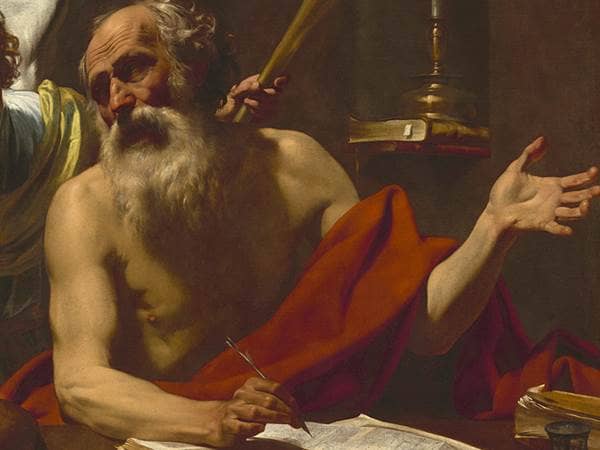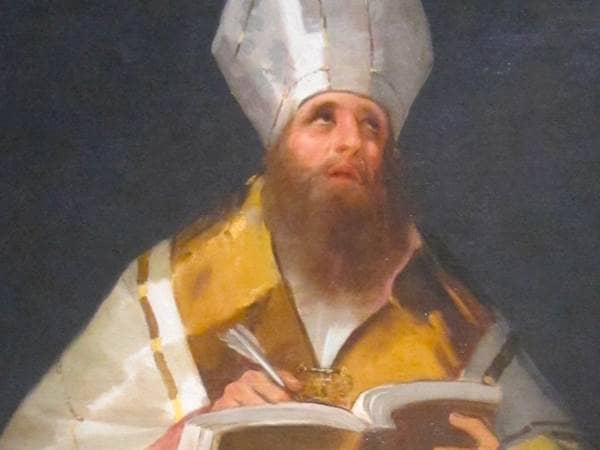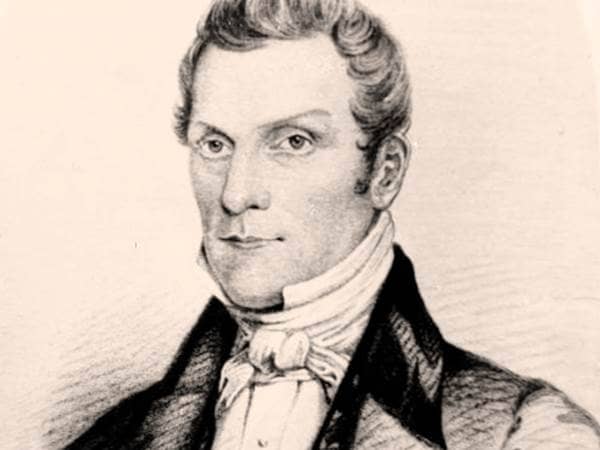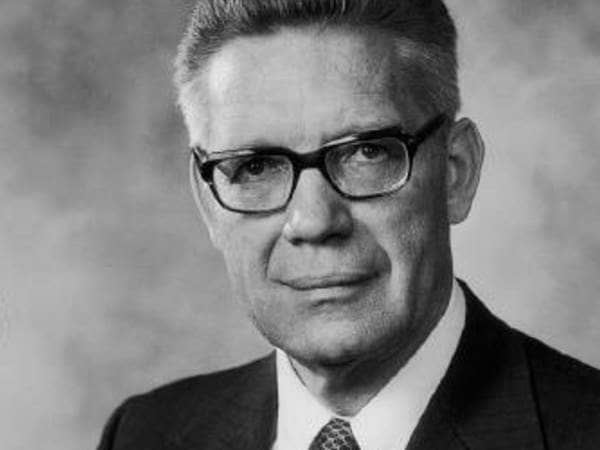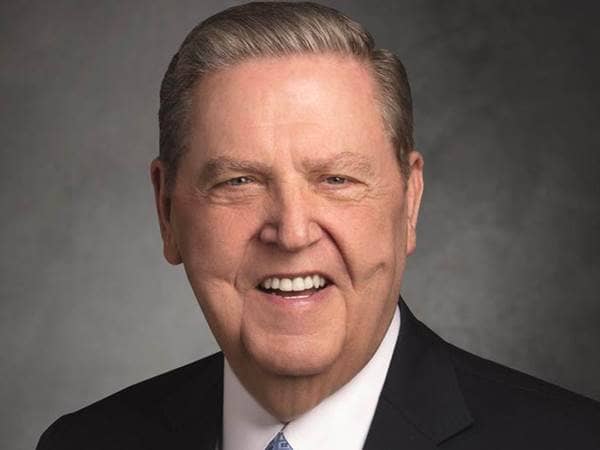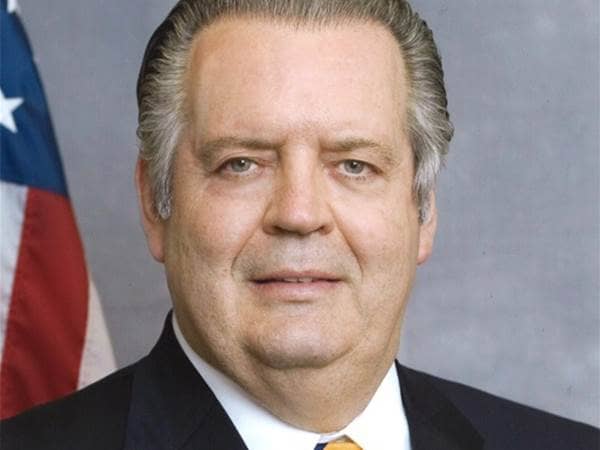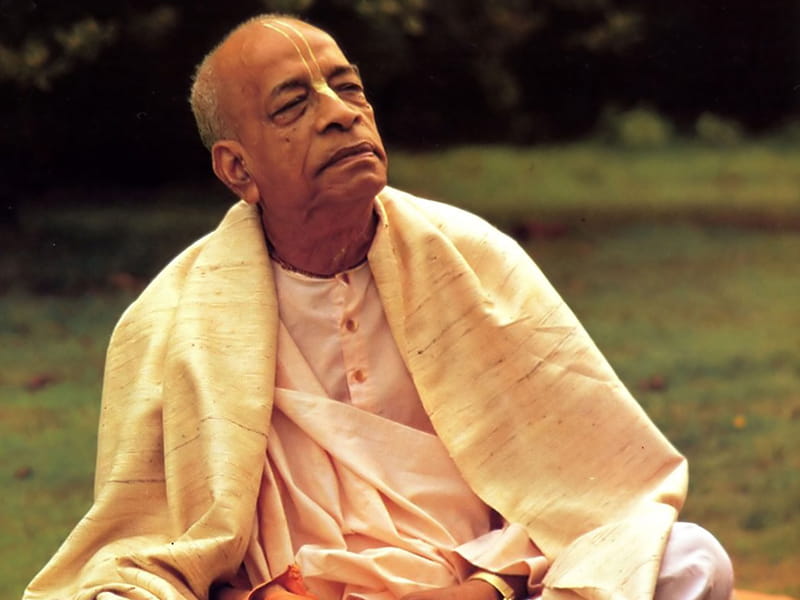
- Profession: chemist / guru
- Lived: September 4, 1896 - November 14, 1977 (Modern Era)
- Nationality: Indian
- Known for: Founder of the Hare Krishna Movement
- Fun Fact: Without the earlier change in teaching in his lineage allowing initiation regardless of caste, Bhaktivedanta would not have been able to bring his faith to the West, since those in the West are outside the caste structure.
A.C. Bhaktivedanta Swami, known as Prabhupada among his disciples, founded the International Society for Krishna Consciousness, and ISKCON members recognize him as a spiritual master in the sampradaya, or lineage of teachers, that stretches back to the founder of Gaudiya Vaishnavism, Chaitanya (1486-1533). A Hindu reformer active in 16th-century Bengal, Chaitanya taught a system of exclusive devotion to the Hindu God Krishna, whom members of his lineage recognize as the "Supreme Personality of Godhead." Chaitanya had implicitly rejected caste divisions among his own disciples; Bhaktivedanta's own guru, Bhaktisiddhanta Saraswati (1874-1937) not only spoke and published against caste divisions, but ignored the caste identity of those who sought initiation entirely. In doing so, he laid the groundwork for the spread of the tradition to the West, since traditional Hinduism considers Westerners completely outside the caste system and therefore excluded from such religious rites as initiation.
Raised in a Gaudiya Vaishnava family, Abhay Charan De had shown an interest in religion from a young age. Trained in traditional Gaudiya spirituality by the family guru, he also benefited from the best of British colonial education, graduating from the Scottish Church College of Calcutta with a degree in chemistry. A successful pharmacist, when Abhay encountered Bhaktisiddhanta, he became more involved in the Gaudiya Vaishnavism in which he had been raised.
On November 21, 1932, he received formal initiation into the Gaudiya Vaishnava lineage. At the urging of his guru, he undertook efforts to spread Gaudiya Vaishnavism among an English-speaking audience, publishing articles and leaflets, and beginning work to translate the central texts of Vaishnavism into English. Over the next twenty years, while continuing to work as a pharmacist and support his family, Bhaktivedanta would self-publish a newsletter, called Back to Godhead, found a short-lived religious association called the League of Devotees, and begin a full translation of one of the religion's central texts, the Bhagavata Purana (also called the Bhagavatam), into English.
In 1959, at the age of 63, Abhay became a monk (setting aside married life and contact with his children); Swami A.C. Bhaktivedanta (as he was now called) dedicated himself exclusively to spreading Krishna Consciousness throughout the world. In 1965, Bhaktivedanta left for America, seeking to introduce the worship of Krishna to an English-speaking audience.
Swami Bhaktivedanta's successes in New York City led to the birth of ISKCON, which soon spread throughout North America and Europe. It also catapulted the elderly monk into the role of global guru. Before his death in 1977, Bhaktivedanta initiated nearly 5,000 devotees and founded over a hundred temples and worship centers throughout the world. ISKCON experienced a very rough transition with the death of its founder, and controversies related to succession continued into the new millennium. (Source: Patheos Religion Library)
Raised in a Gaudiya Vaishnava family, Abhay Charan De had shown an interest in religion from a young age. Trained in traditional Gaudiya spirituality by the family guru, he also benefited from the best of British colonial education, graduating from the Scottish Church College of Calcutta with a degree in chemistry. A successful pharmacist, when Abhay encountered Bhaktisiddhanta, he became more involved in the Gaudiya Vaishnavism in which he had been raised.
On November 21, 1932, he received formal initiation into the Gaudiya Vaishnava lineage. At the urging of his guru, he undertook efforts to spread Gaudiya Vaishnavism among an English-speaking audience, publishing articles and leaflets, and beginning work to translate the central texts of Vaishnavism into English. Over the next twenty years, while continuing to work as a pharmacist and support his family, Bhaktivedanta would self-publish a newsletter, called Back to Godhead, found a short-lived religious association called the League of Devotees, and begin a full translation of one of the religion's central texts, the Bhagavata Purana (also called the Bhagavatam), into English.
In 1959, at the age of 63, Abhay became a monk (setting aside married life and contact with his children); Swami A.C. Bhaktivedanta (as he was now called) dedicated himself exclusively to spreading Krishna Consciousness throughout the world. In 1965, Bhaktivedanta left for America, seeking to introduce the worship of Krishna to an English-speaking audience.
Swami Bhaktivedanta's successes in New York City led to the birth of ISKCON, which soon spread throughout North America and Europe. It also catapulted the elderly monk into the role of global guru. Before his death in 1977, Bhaktivedanta initiated nearly 5,000 devotees and founded over a hundred temples and worship centers throughout the world. ISKCON experienced a very rough transition with the death of its founder, and controversies related to succession continued into the new millennium. (Source: Patheos Religion Library)
Back to Search Results
